Last updated on at 05:49 am
Trier is a city in the Moselle Wine Region in Germany. It is located near the border of the small country of Luxembourg.
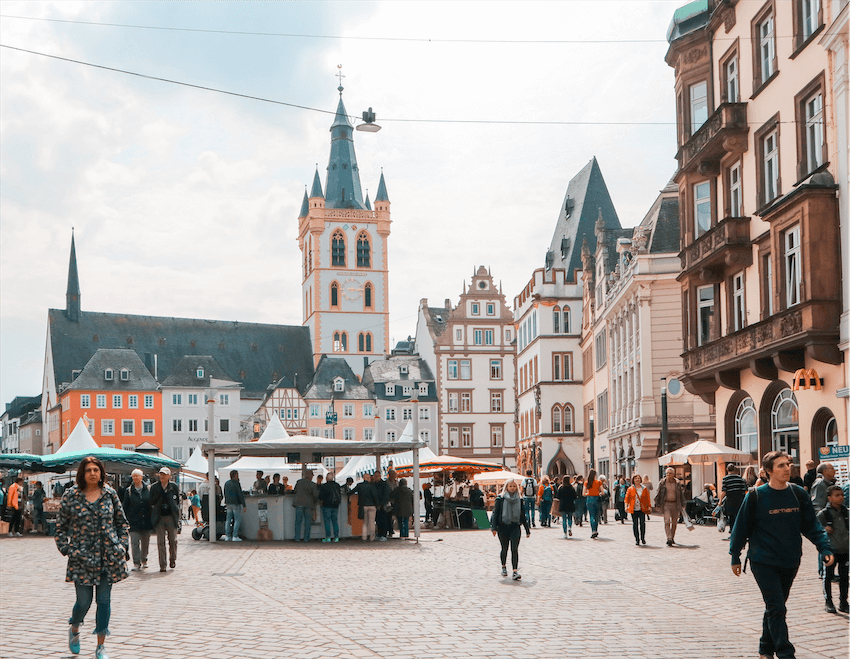
This post may contain affiliate links that may earn me a commission, at no additional cost to you, if you buy via them. As an Amazon Associate, I earn from qualifying purchases. Please see our Disclosure for more info.
Trier is said to be the oldest city in Germany, the capital of the western Roman Empire in the third century A.D., and a UNESCO World Heritage site since 1986.
It is called “The Rome of the North” because the Romans established it during their heyday. Some remnants of that Roman influence can still be seen around town up to this day through Roman monuments and various architectures, which include a massive gate, amphitheater, and thermal baths.
Trier is also home to Germany’s oldest Gothic church. It too is the birthplace of well-known German philosopher Karl Marx.
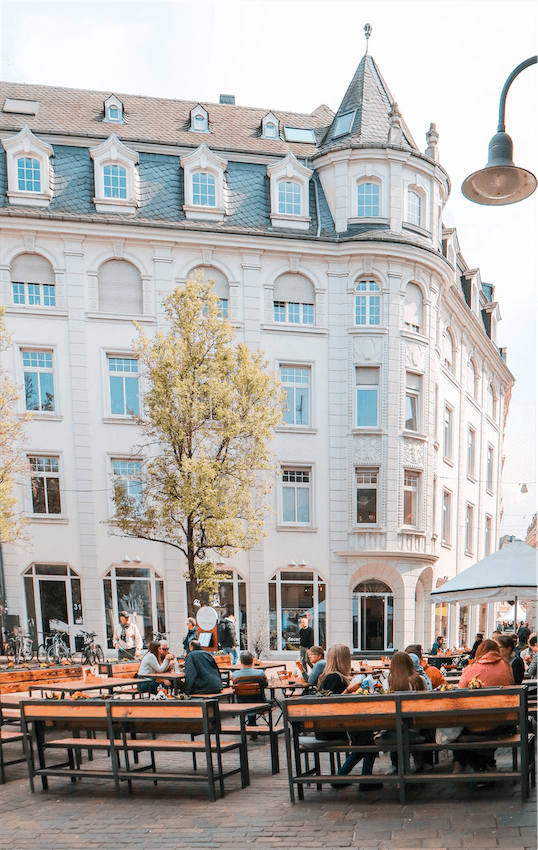
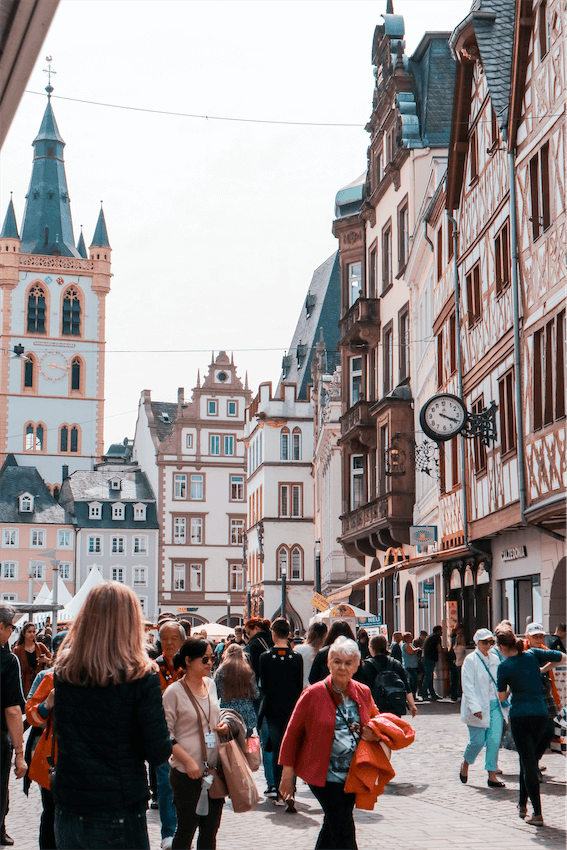
Why is Trier, Germany famous?
Trier, Germany, is renowned for its rich history as one of the oldest cities in the country. It’s notably famous for its well-preserved Roman structures, including the Porta Nigra, an ancient city gate, and the Roman Baths. Trier is also the birthplace of Karl Marx, the philosopher and political theorist.
Trier, A Must-Visit, They Say
The thing was that Trier was not part of our itinerary during our recent trip to Germany. We were set to visit other German cities and towns, Trier, unfortunately, not being on the list.
When we were in the Mosel River town of Cochem, however, we met a few locals who were saying we ought to visit Trier, too. They said that Trier is a lovely city and that it would be a shame not to go since it was already quite close to Cochem–just a short train ride being all it would take to reach it (and of course, train fare and time, too, but that’s neither here nor there, heh).
And then we also remembered that the first time we were in Germany, fellow travelers we came across during our Burg Eltz tour also had so many nice things to say about Trier and recommended that we visit it.
These factors added to the fact that we were staying in Cochem for a week, so we sort of had some extra time to squeeze another town into our trip, were what made us decide to visit Trier in the end.
Related Articles
How to Get to Trier
So off to Trier we went on a cold Thursday in spring. We bought our train tickets through the Deutsche Bahn‘s iPhone app. The train ride from Cochem to Trier lasted about 1 hour and 5 minutes. There is a faster train that takes only about 50 minutes, but we didn’t catch it. It was all right, though, as the view during the journey was nice.
Arriving in Trier
The walk from Trier’s Hauptbahnhof or the main train station to the Altstadt or Old Town took about 15-20 minutes in a leisurely space.
Trier – First Impressions
Trier is bigger than other Mosel towns and has that cosmopolitan feel to it. It has bigger streets, more big buildings, many shops and restaurants, and it even has a big department store with many floors.
Trier makes a good base for visiting the other places in the Mosel Valley and nearby Luxembourg and France.
Porta Nigra
At the entrance to the old town, we were greeted by the Porta Nigra, a huge Roman structure that served as the city’s northern gate from the second century. It is a UNESCO World Heritage Site.
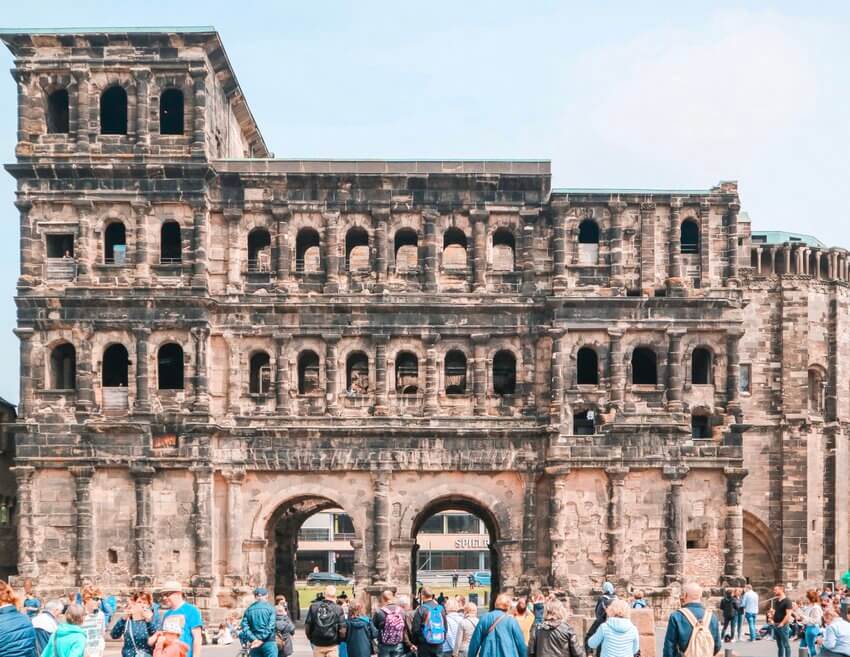
The Porta Nigra, which means “Black Gate” in Latin due to it turning black over time, is huge and rather imposing.
Even if you didn’t know that Trier was once a Roman city, you’d correctly guess that the Romans built this structure upon seeing it. It had that “Roman architecture” stamp all over it such as the various arches and columns, so it would be quite hard to mistake it for any other.
Gazing at Porta Nigra, I couldn’t help but wonder if I’d just teleported to Rome or other Italian cities. Ha. Silly thought, but true.
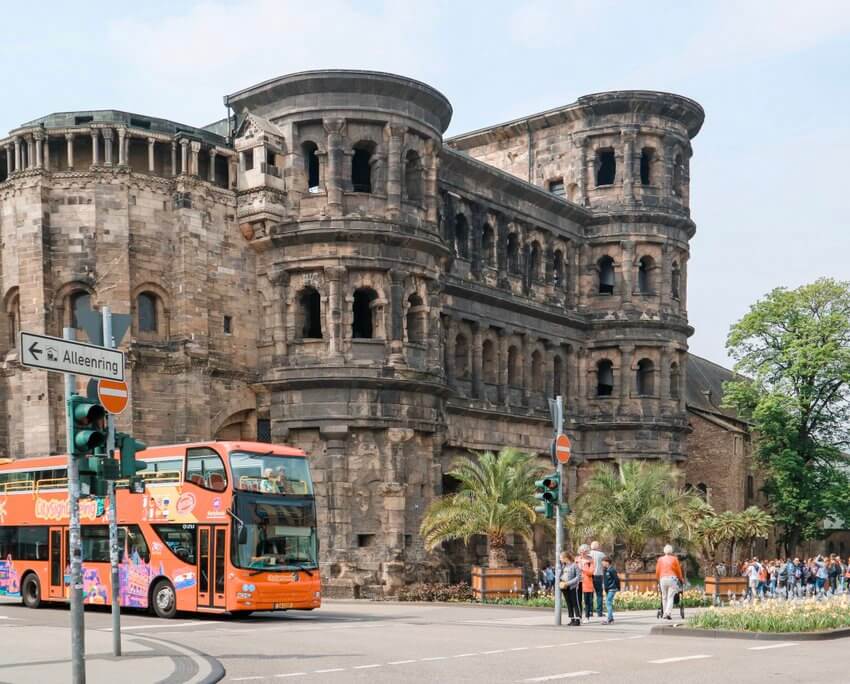
Anyway, here’s a fun fact: Porta Nigra is said to be a feat of engineering since it’s held together by just a few iron rods and gravity! Astonishing, isn’t it?
We didn’t go inside the Porta Nigra, but we were told tickets cost less than five euros for every three people and it’s open from 9 am to 6 pm during spring and summer and just until 5 pm for the rest of the year.
Tourist Information Office
Just nearby is the Tourist Information Office, which is convenient since you can get hold of maps at the outset. I don’t know if they’re free but I think they are since the other German towns we’ve visited gave out free maps too.
Exploring Trier
After lunch, we proceeded to the old town. On the way, we passed by this huge statue of Karl Marx, the German philosopher. We learned that he was born in Trier.
The old town was just like any other German town–peppered with half-timbered buildings and with cobbled streets.
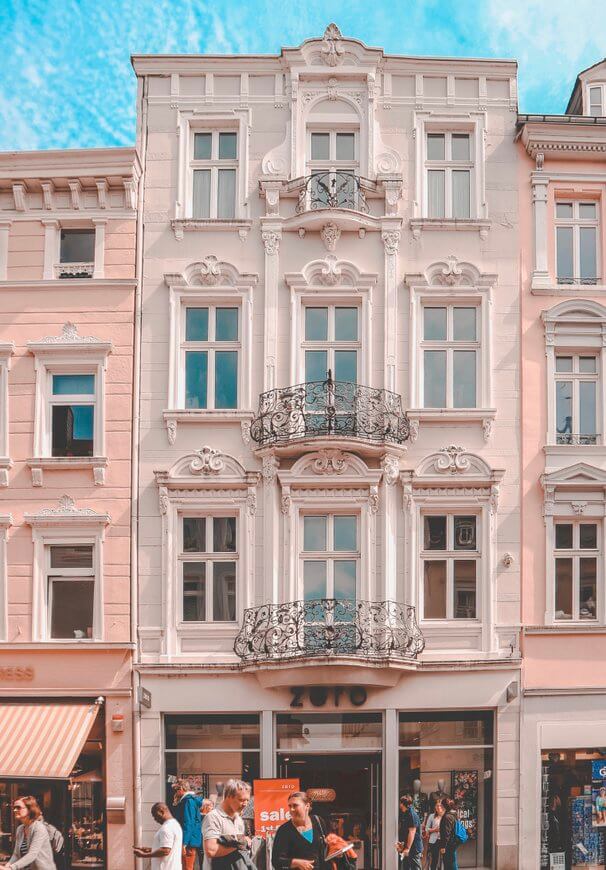
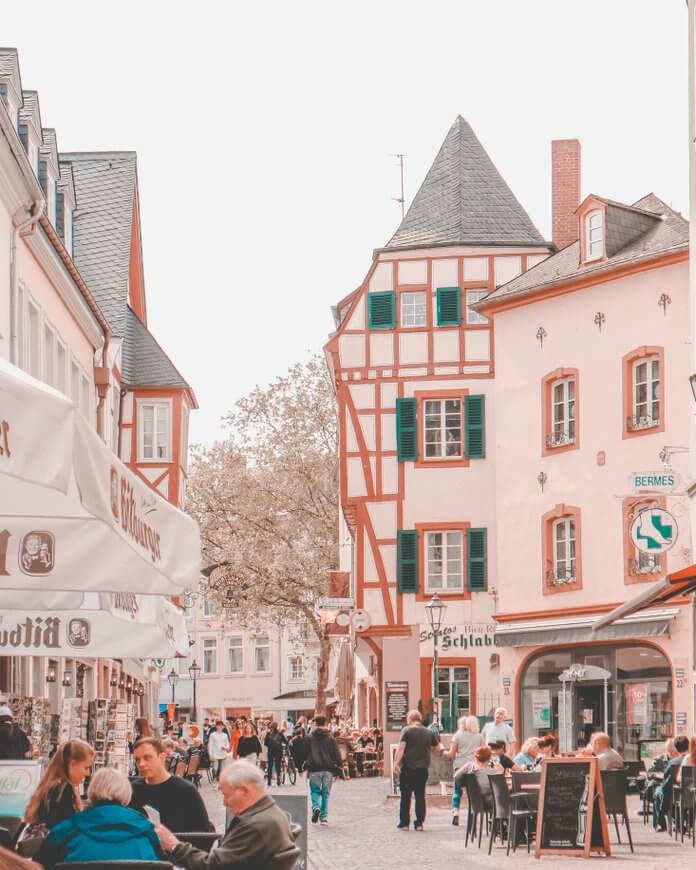
Trier is bigger, however, and offers many stores and shops. They also have department stores. There was a weekday market going on when we visited.
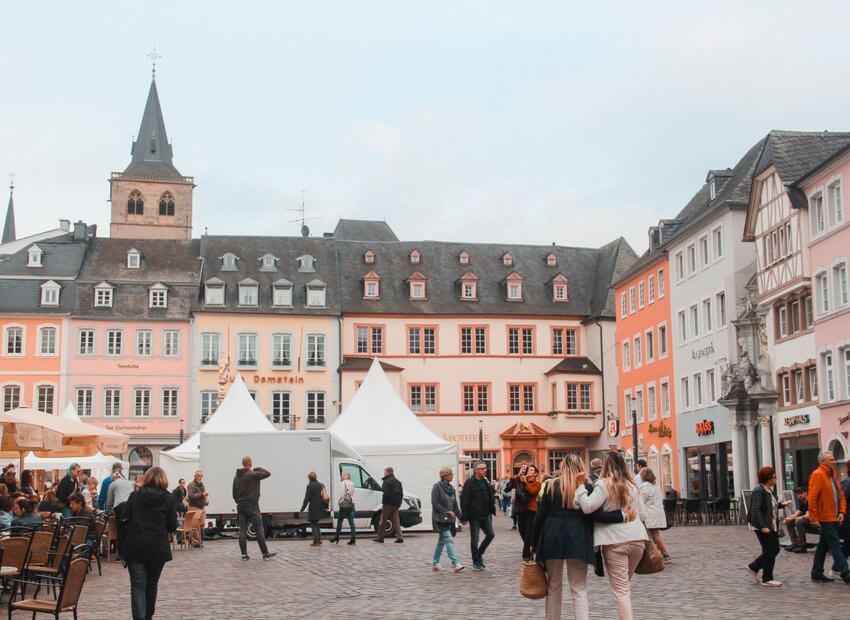
The restaurants, cafés, and ice cream parlors lining the streets were full of people enjoying the beautiful weather that day. The day started cold, but became warmer in the early afternoon, which was great because we were able to enjoy a whopping serving of ice cream in one of the ice cream shops there.
Activities
These are some of the best sights you can visit when in Trier:
1. Trierer Dom
Trierer Dom is a Cathedral designed in Gothic, Baroque and Romanesque styles. It is Germany’s oldest bishop’s church. A robe said to be worn by Christ during his crucifixion is its most valuable artifact. Also worth a look is a movable altar meant to carry the sandal of St. Andrew from the tenth century.
2. Konstantin Basilika
Konstantin Basilika was originally Emperor Constantine’s giant throne room but now serves as a Protestant church.
3. Amphitheater
Trier has its own Roman amphitheater, reminiscent of the Colosseum in Rome, but smaller and less grand. It can seat 20,000 spectators. Much like any Roman amphitheater, it was used for gladiator tournaments and animal fighting back in the day.
4. Kaiserthermen
Kaiserthermen (Imperial Baths ) is a thermal bath compound, another legacy from the Roman occupants of Germany that dates back to the fourth century. It is not only the largest in Trier but also the largest in the Roman empire.
Beneath the ground is a maze of vast water baths, heating rooms, and other heating equipment.
5. Spielzeugmuseum (Toy Museum)
Displays a merry collection of miniature dolls and trains.
6. Karl-Marx-Haus
The home of political philosopher Karl Marx. This is where he was born and grew up. It is now a museum displaying limited first editions of his works, original letters, books of poetry, photographs, and other memorabilia.
Guided Activities
For the best Trier experience, you can book these guided activities well ahead of your trip.
Where to Eat
Since it was near lunchtime when we arrived, the first order of the trip upon arrival was to find a place to eat.
We lucked out since we found this all-you-can-eat Japanese restaurant that I cannot recommend highly enough. It was just behind the Tourist Information Office, quite a bit of a walk but not that far.
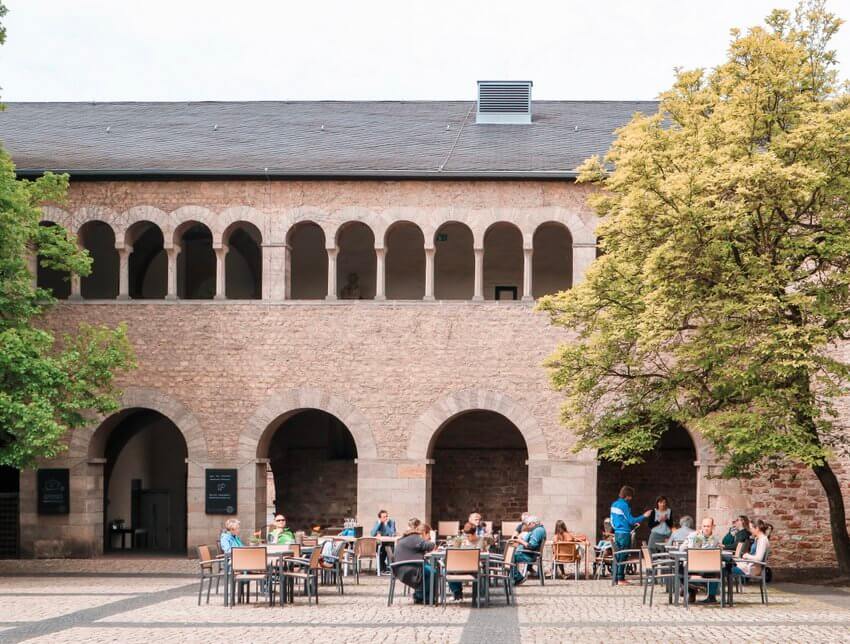
It’s called OKIKO, where you get to eat everything on the menu, save for a few handfuls reserved for dinner, which didn’t matter at all since the many varieties they offered for lunch were more than enough.
The food was delicious and reasonably priced at around 12 euros per person. Choosing what to eat was easy as you do it via an electronic tablet where you just click your choice and they will bring it to your table. It was fascinating as it was my first time ordering that way, heh. Oh, and did I mention that the food was delicious?!
Related Articles
Trier Hotel
We would have wanted to stay for a few more days in Trier because we know we missed some sights, but, unfortunately, we could not at that time because our schedule was quite tight. That would then be a good reason to go back to Germany, though, so we’re adding Trier to our Germany bucket list for now. Hopefully, we’ll get to visit again in the future, the better if soon and much longer at that.
At any rate, if you are visiting Trier, here’s a quick way to look for accommodations and some deals on them.
Booking.comWrapping Up
Just like the other pretty German towns we’ve visited, Trier was lovely and interesting. It’s well worth a visit, even for just a day. We didn’t regret squeezing it into our trip. We plan to go back soon.
If you like this post, don’t forget to Pin it to share it with others or save it for later reading. Happy travels!
Follow me on:
Facebook ◦ Instagram ◦ Pinterest ◦ Bloglovin

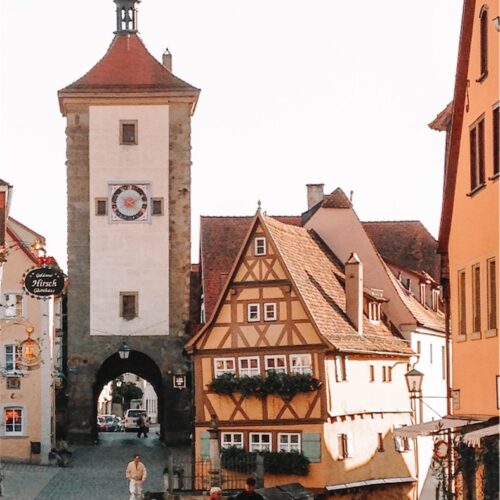
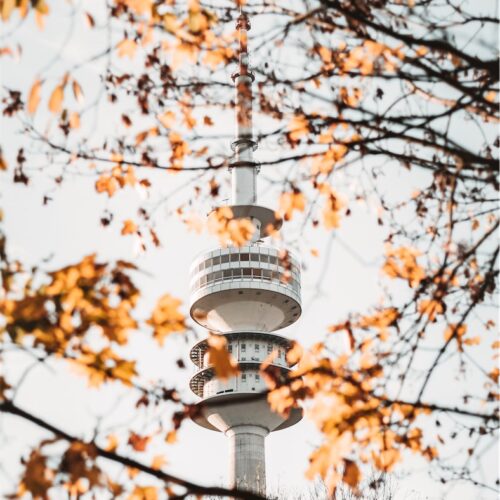
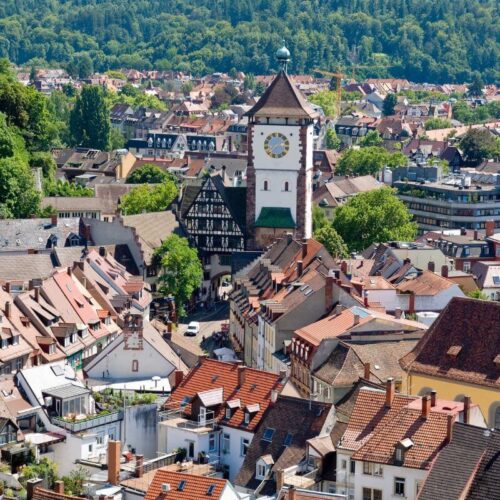

How I wish I could travel! But this place looks so nice. I live going to places with so much history.
Yes, it’s quite lovely. Me as well; I love history, so I tend to gravitate to places with lots of it. Hope you could visit too. 🙂
Never thought of visiting Germany. But Trier seems to have a rich history. I am facinated by the intricately designed buildings. The Food Explora in me would love to explore it’s food culture. Thank you for sharing your travel experiences in Trier Germany.